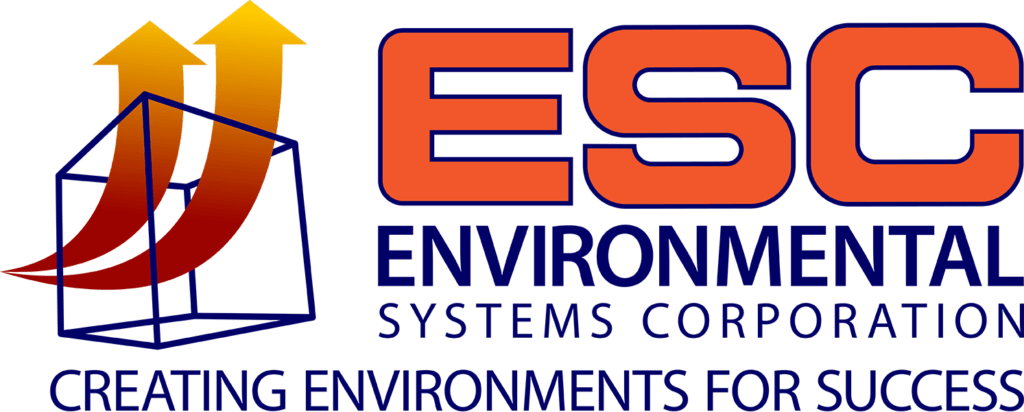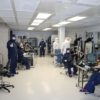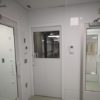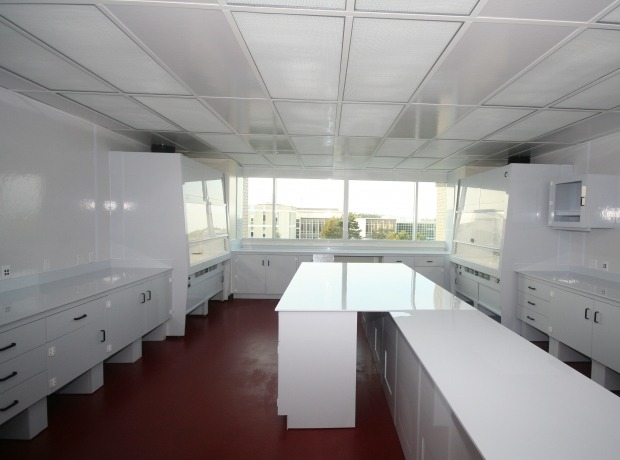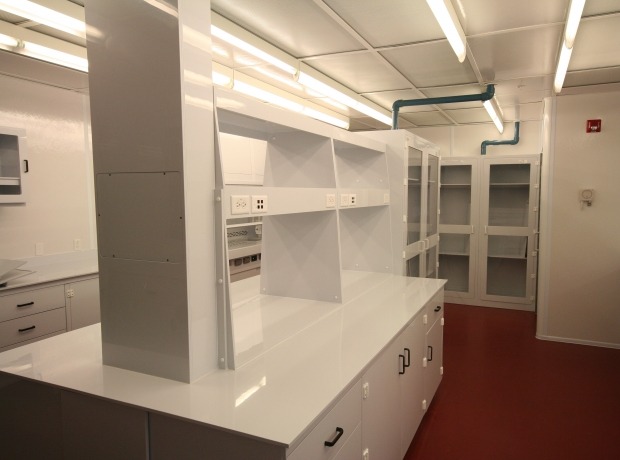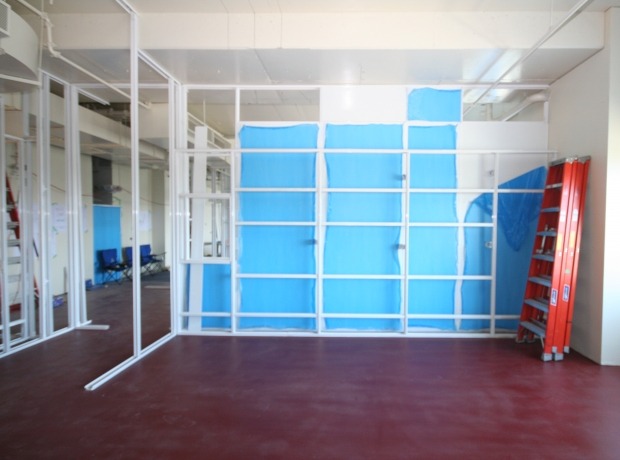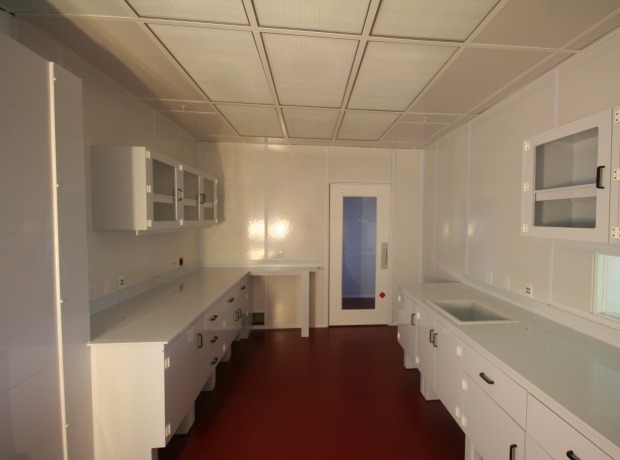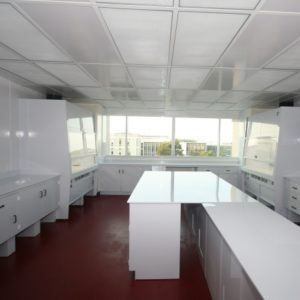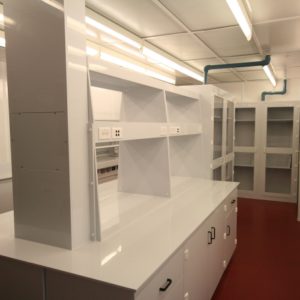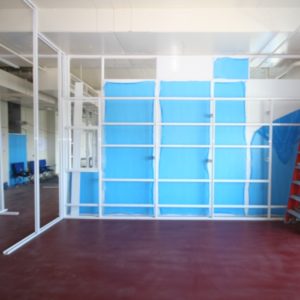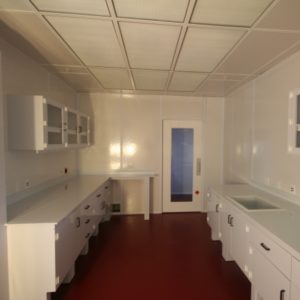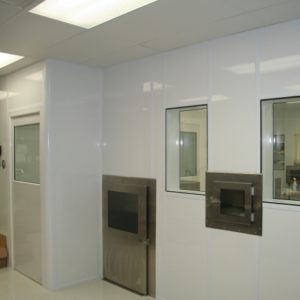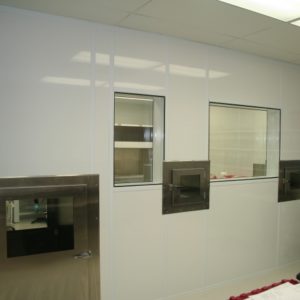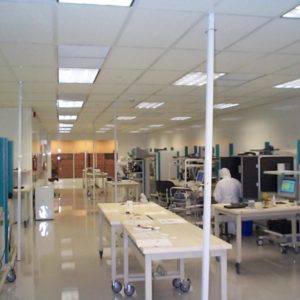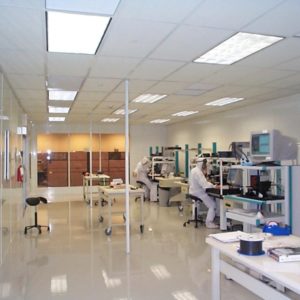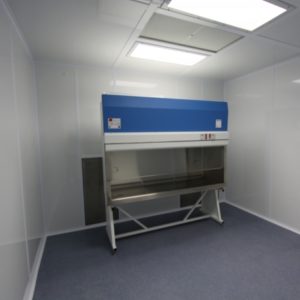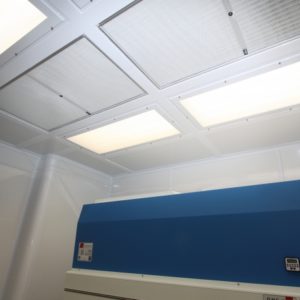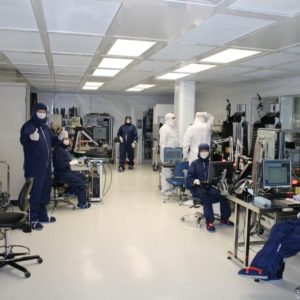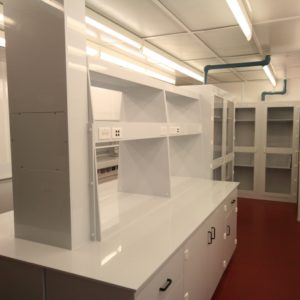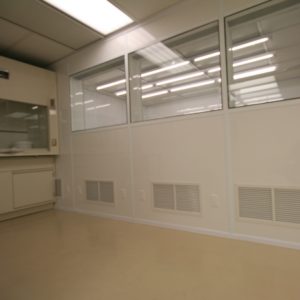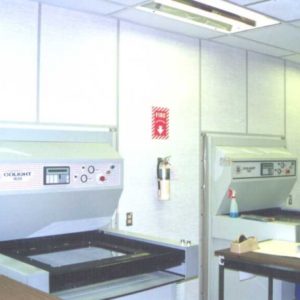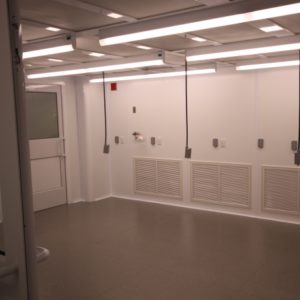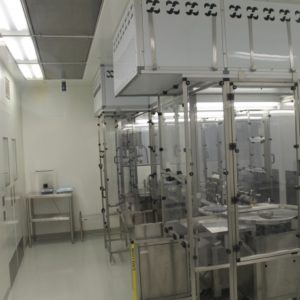Some of the most important design features of any trace element clean room are the use of high-efficiency air filters, laminar airflow, acid-tolerant and low particulate construction materials, and vents for removal of acid-laden or toxic vapors. However, it is equally important that the cleanroom have its access restricted to essential technical staff only, and that the technical staff be thoroughly trained in cleanroom use, behaviors, and maintenance.
Trace Metal Cleanrooms History
Clair C. Patterson at the California Institute of Technology pioneered the concept of trace metal clean laboratories for environmental analyses. He recognized that measurements of environmental lead concentrations were often erroneously high because of the inadvertent introduction of contaminant lead to the samples (Patterson, 1965).
He then determined that contamination occurred during sampling in the field, during storage of the samples prior to analysis, and during analysis of the samples in the laboratory. This resulted in his development of rigorous trace metal “clean techniques” for elemental analyses of environmental samples (Patterson and Settle, 1976).
Prominent among those techniques was the establishment of trace metal clean facilities for cleaning reagents and materials used for sampling and analyses and for storing, processing, and analyzing samples. While the importance of trace metal clean laboratories is now widely recognized, Patterson received a great deal of criticism while he was developing those facilities.
Much of that criticism was focused on the inordinate effort and cost involved in trace metal clean analyses compared to standard analyses. Indeed, the level of expertise, time, and cost invested in analyses in Patterson’s laboratories was prohibitively expensive for most other research groups, much less environmental monitoring laboratories.
However, Patterson and others who adopted his trace metal clean techniques demonstrated that much of the environmental trace element data collected without those techniques were erroneously high.
This phenomenon has been repeatedly demonstrated by inter laboratory calibrations and through comparisons with data in the literature. Consequently, trace metal clean techniques are now considered to be essential for many environmental monitoring and research programs.
As a result, the construction of trace metal clean facilities has developed into a multimillion-dollar-a-year business. Manufacturers now compete to design and build facilities that are “ultra trace metal clean,” in response to requests for a laboratory that is “better than Patterson’s.” Actually many people now using trace metal clean laboratories do not know who Patterson is, and his laboratory would not be acceptable by today’s standards.
The ALUMA1 Cleanroom Wall System is well suited to the requirements of a Flexible Modular Wall System, and the Metal Free Construction of a Trace Metals Cleanroom.

